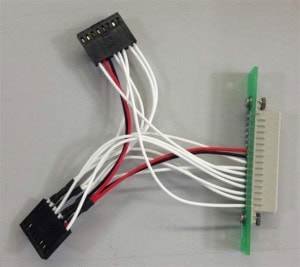Several organizations utilize printed circuit boards to support applications. When developing printed circuit board assembly services in California, it is important to be aware of the common mistakes that could occur. Knowledge of these problems will allow you to avoid them and maintain the quality and reliability of your PCB.
Common Printed Circuit Board Assembly Pitfalls
Developing a PCB assembly requires immense skill and hard work. Even if the process has been automated, a small lapse in judgment or a minor manufacturing inconsistency could make the PCB unusable. The common pitfalls include:
- Insufficient Trace Width or Spacing
- Unsuitable Visibility of Copper
- Spacing Between Drill Hits
When copper traces are integrated into a PCB, it is important to ensure that the width is not too thin or thick. This will ensure better electrical connections. In addition, the space between two traces should not exceed a certain limit. Since the PCB could heat up in the future, there is a chance of crosstalk taking place.
Copper traces are placed on a PCB to connect different components. A copper trace runs around the outline of the board. If this outline is exposed and can be seen, it could as easily get damaged. Hence, it is important to keep the copper traces inside the outline of the board. The boundary of the copper trace should be defined to keep it from being chipped.
When drilling small holes in the size range of 65 mils, it is important to maintain a minimum of 10-mil spacing between them. If this is not adhered with, drilling of one hole could cause another to break. This takes place because the drilling is done under high speeds.
Several other mistakes can be made from the designing or manufacturing point of view. The design should be thoroughly checked. Manufacturing a prototype before the production run will also allow you to identify functionality or quality problems, if any. A keen eye and thorough testing will ensure maximum reliability of your PCB.

